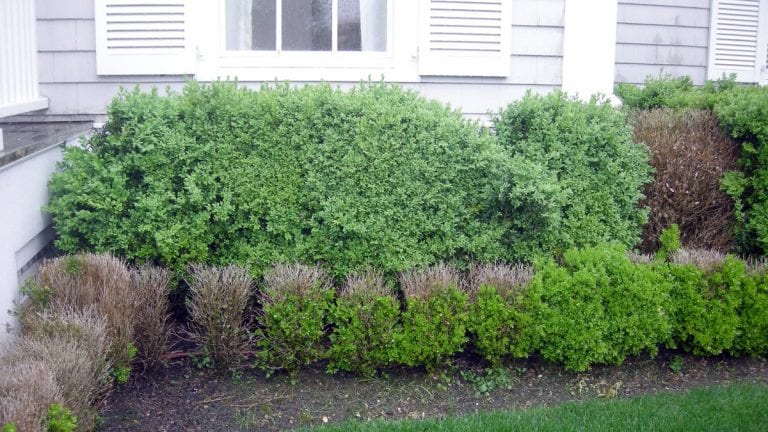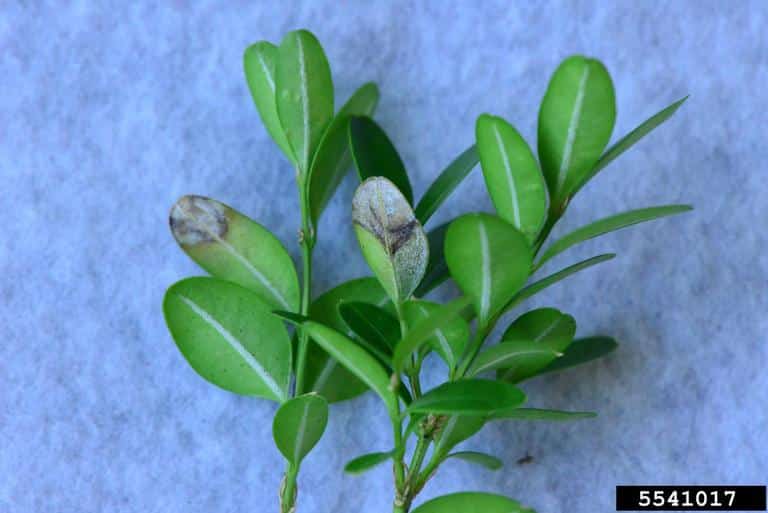Is boxwood blight treatment something you need to consider for your landscape? As one of the most elegant and versatile shrubs in St. Louis gardens, boxwoods deserve special attention when it comes to disease prevention and care. Let’s explore everything you need to know about protecting these valuable landscape investments from boxwood blight.
What is Boxwood Blight and Why Should St. Louis Homeowners Care?
Boxwood blight treatment starts with understanding this devastating fungal disease (Calonectria pseudonaviculata). While relatively new to our region, it has become a significant concern for landscapes throughout the St. Louis area, affecting all boxwood varieties as well as related plants like Pachysandra and Sarcococca.

Identifying Boxwood Blight in Your Garden
Early detection is crucial for effective boxwood blight treatment. Here are the key symptoms to watch for:
- Dark brown or black circular leaf spots
- Distinctive black streaks on stems
- White, fuzzy spores during humid conditions
- Progressive defoliation starting from the bottom
In our St. Louis climate, with its humid summers and variable temperatures, boxwood blight can spread rapidly through gardens. The disease thrives particularly well in our region’s typical 70-degree weather patterns with high humidity.

Professional Boxwood Blight Treatment and Prevention
While there’s no cure for boxwood blight, we recommend a proactive approach to protect your investment. Here are our recommended strategies:
- Schedule regular preventive fungicide applications
- Implement proper spacing for optimal air circulation
- Install efficient drip irrigation systems
- Practice careful pruning techniques
- Maintain strict garden hygiene protocols

The Future of Boxwood in St. Louis Gardens
Exciting developments are emerging in boxwood blight treatment and prevention. The introduction of NewGen™ Boxwood varieties offers new hope for St. Louis gardens. These innovative cultivars show improved resistance to both boxwood blight and leaf miners, making them an excellent choice for new installations or replacements. Learn more about these breakthrough varieties at the NewGen Boxwood website.
If you suspect boxwood blight in your garden, don’t wait – early intervention is critical. With prompt attention and proper treatment measures, you can help protect the beauty and value of your landscape investment.



